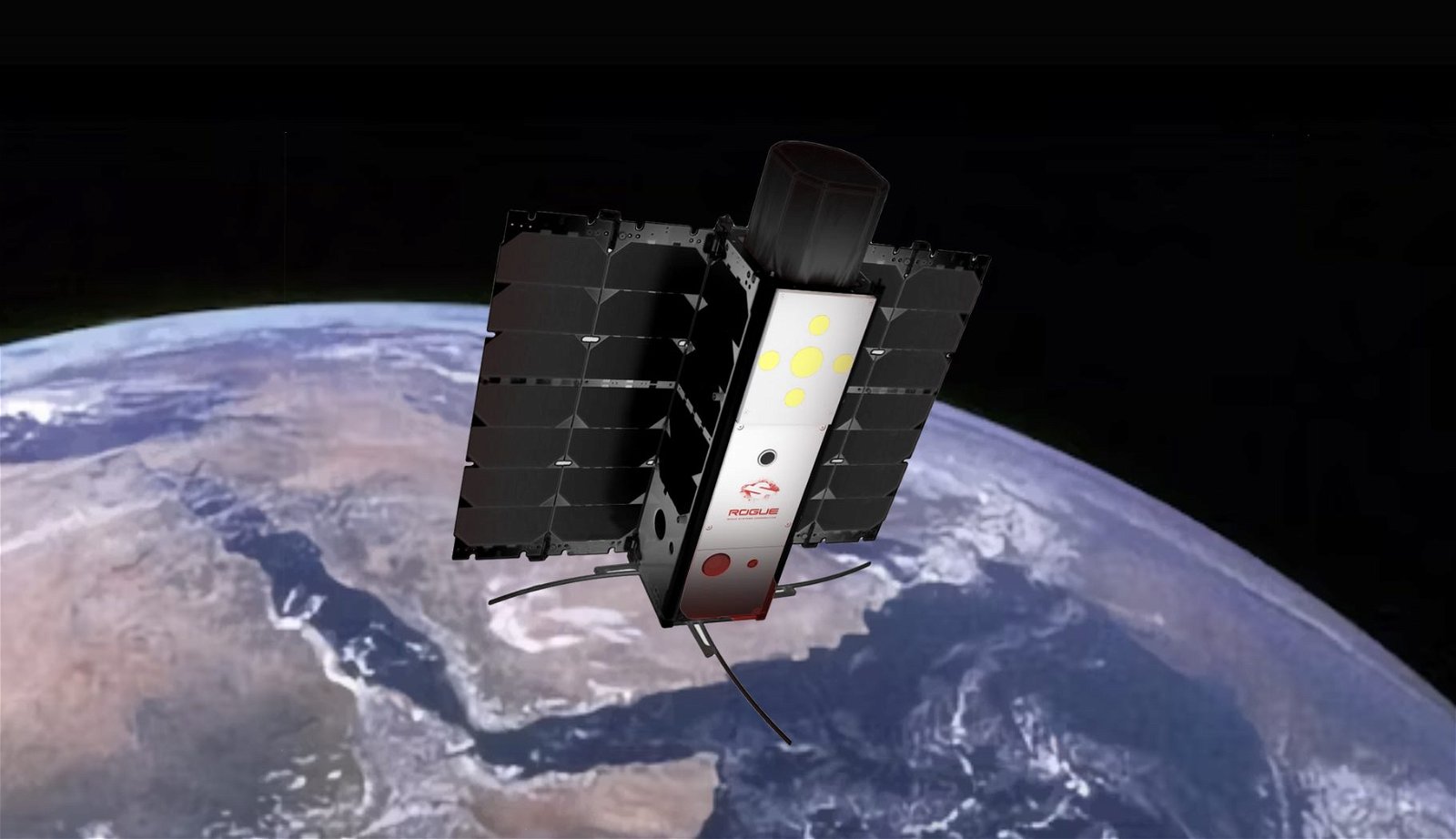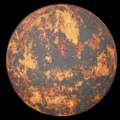Rogue Space Systems has announced the failure of its Barry 1 satellite, which occurred before the company could test a controversial quantum drive propellantless propulsion system.
In a posted statement, the company said Barry 1 was able to complete a portion of its primary mission, including tests of their Scalable Compute Platform (SCP). Unfortunately, they lost contact with the satellite before they could perform any tests of IVO Ltd.’s Quantum Drive.
“Rogue’s Barry-1 satellite didn’t make it all the way through LEOP (Launch and Early Orbit Phase),” said IVO founder and President Richard Mansell in an email to The Debrief. “Sadly, we never even got to turn on the Drives!”
Power System Issues Haunted Quantum Drive Host Satellite Since Launch
According to the Rogue Space Systems statement, Barry 1 experienced ongoing power-system issues on the satellite’s bus immediately after its November 11th, 2023 launch and all throughout LEOP. Then, after two months of operations, the company said on February 9th, 2024 that they lost all communication with the satellite.
“Rogue Space Systems operations team is announcing the suspension of the active phase of our first on-orbit mission,” the company explained. In that same statement, Rogue says they are currently investigating the cause of the failure and are also trying to reestablish communications with Barry 1.
There has been no statement from Rogue on whether or not the bus failure was related to the original third-party equipment failure that delayed the mission’s original launch last October. However, the company did note their frustration at not being able to complete the Quantum Drive test, as well as their intent to pursue future launch opportunities with IVO.
“I’d like to take the opportunity to praise IVO for being a great customer,” said company CEO Jon Beam, “and we are in discussions on a second attempt during one of our upcoming new missions.” This includes a slate of Rogue hosting missions scheduled for some time in 2025.
In an email to The Debrief, IVO’s Mansell confirmed they are exploring future launch opportunities with Rogue. However, they are also exploring other potential options that may get their Quantum Drive to space as soon as possible.
“We have appreciated all that Rogue has done for us and look forward to hitching another ride with them,” Mansell said. “At the same time, they know that the sooner we can obtain a ride to space, the better. Therefore, we are also exploring additional opportunities to get to orbit.”
“The more Quantum Drives we can get into space, the better,” he added.
Drive Part of Controversial Class of Propulsion Systems
Unlike a conventional satellite propulsion system that uses some form of propellant, the Quantum Drive is part of an emerging yet controversial class of experimental propulsion systems that claim to generate measurable thrust without any propellant. Such claims go against the conventional understanding of momentum and inertia by directly violating Sir Isaac Newton’s second laws of motion.
More than one of these experimental propellant-less propulsion systems has appeared to create thrust in a lab environment, including the controversial EMDrive, whose thrust was confirmed both by Chinese scientists and NASA Eagle Works lab boss Harold G. Sonny White.
Still, before the Quantum Drive, none of these concepts had the opportunity to be tested in the vacuum of space, and all of their claims of thrust produced in the lab are still hotly debated by conventional physicists. As such, the failure of Barry 1 to perform the Quantum Drive test has been met with a combination of frustration and hope in the Alternative Propulsion Community.
“The new era of space exploration is characterized by pushing technology to the limits, failing fast, and learning from mistakes,” Tim Ventura, host of the bi-weekly Alternative Propulsion Engineering Conference (APEC), told The Debrief. “I would compare IVO’s setback to the countless Starship prototypes that exploded on the pad during testing – a small loss today in pursuit of larger gains for all humanity tomorrow.”
Fortunately for supporters of the controversial propulsion concept behind these types of drives, the Quantum Drive itself did not fail, but was simply unable to be tested.
For future test flights, Mansell said that IVO will be using the same basic design of the Quantum Drive that showed thrust in the lab. However, they do expect to include some recent improvements as well as any customizations needed to conform the drives to their host satellites.
“The overall configuration of the Drives will not change,” Mansell told The Debrief. “While waiting for the Barry-1 tests, we have been continuously working to improve the Drives. Those improvements will be part of the next set that goes to space.”
Christopher Plain is a Science Fiction and Fantasy novelist and Head Science Writer at The Debrief. Follow and connect with him on X, learn about his books at plainfiction.com, or email him directly at christopher@thedebrief.org.

